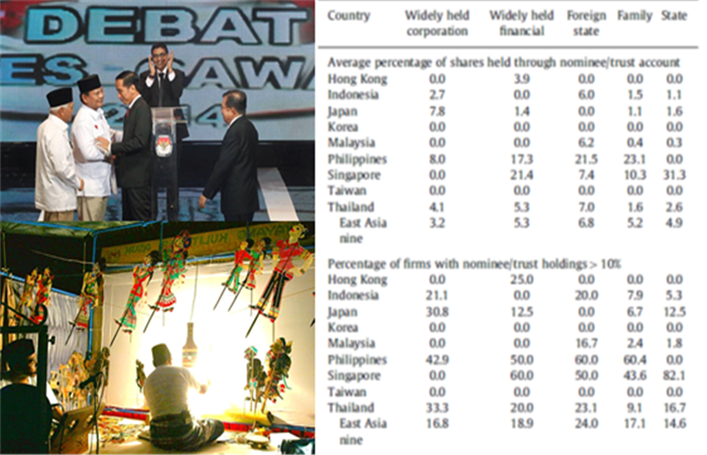Understanding and applying value investing principles The anatomy of value traps
Post on: 30 Июль, 2015 No Comment

June 23, 2011
The anatomy of value traps
The number one problem faced by value investors is not a big permanent loss of capital, due to overpayment for growth, but the weak and anemic return from an average business bought at a cheap price.
Let me explain further
A typical value investor (who are far and few anyway) generally tend to be conservative in paying up for a business. The deep value types go for the really cheap stocks (as measured by low PE or P/B ratios), whereas the others would pay up a bit for the quality of the stock and growth, but not too much.
A deep value investor typically looks for a company which is selling in low single digit PE ratios and in some cases if you back out the cash or other assets on the balance sheet, the core business could be available for almost nothing.
What is a value trap?
The problem with most of these investments is that the underlying business is stagnant with a comatose management who is not interested in either growing the business or ready to return the excess cash to the shareholder. In such cases, the market discounts this cash heavily and refuses to bid up the stock price.
Let me a give a personal example Kothari products. You can read my earlier posts on this company here and here
Lets look at the price history for the company below
As you can see, that the stock has gone nowhere in the last 5 years. If one includes dividends then, the return comes to around 15% for the entire 5 year duration. The index during this period has more than doubled.
Even a savings account would have done better!!
What are the key causes?
There are several causes for such value traps. The primary cause is a stagnant or declining business with a management which keeps pouring capital into the sinkhole. If on the other hand, the business is generating excess cash, the management keeps hoarding it and refuses to return it to the shareholder.
The second reason is that the underlying economics of the business has deteriorated and the market realizes it with a lag. Case in point the telecom industry. The economics of this industry has gone into a tailspin for the last few years, with almost everyone bleeding money (except probably bharti airtel). In such cases, if you keep looking at the past data and do not understand how the economics of the industry has changed, you can get stuck in a no-win situation
The last category of value traps are the low return, second and third tier commodity players. These companies have a low return on capital over the entire business cycle, and unless you can dance in and out of the stock in time, you can get stuck with very low returns.
How to indentify value traps before hand ?
Thats the tough bit.
For starters, investors like me need to get out of the low PE, cheap stock mindset. A really cheap stock is often cheap for a reason. It makes sense to dig deep and understand the business in detail to figure out why the market is valuing the company at such low valuations ?
If a company has been cheap for the last 5 years, why should it suddenly get re-rated just because smart lil me bought the stock?
One needs to understand the economics of the business in depth and also confirm that the management is creating value for the shareholder and not just twiddling their thumbs. Only if you have a strong belief that that business is doing well and will continue to do so and the management is also good, then should you think of making a commitment to the stock
What if you are caught in value trap?
There are no easy answers. For starters, swallow your pride and sell the stock. Thats easier said than done ask me. The unfortunate bit is that people like me take 10 years to realize it :). Luckily for me these mistakes have not been big enough to damage my long term returns.
The risk of holding onto such investments is that although you do not lose money on paper, in reality you are losing the benefits of compounding by not investing the same money in other opportunities. It would be silly to compound your money at 10% in a value trap, when the index itself can give you 15% without any effort.
If you have invested in one of those low return commodity stocks, hope that the commodity cycle turns and market in its temporary fits of insanity, re-prices the stocks. As soon as this happens, sell the stock and never look back !
It is always a constant struggle to avoid value traps, as they come in various shapes and forms. One has to be vigilant and learn to exit them, once you have realized that you are stuck in one














